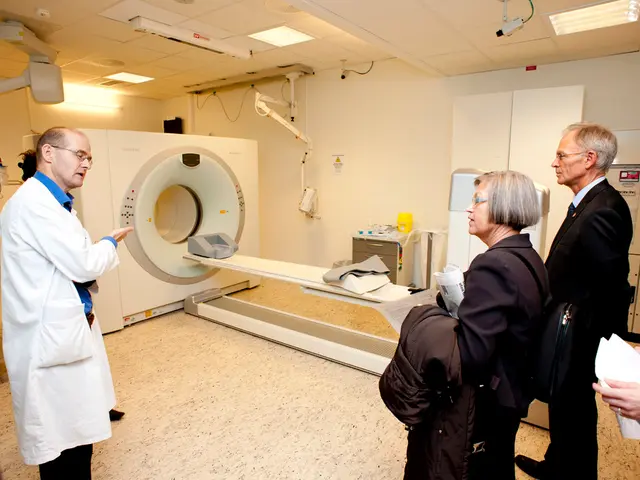Political Revolution and Cultural Resurgence in the Arab World
In a whirlwind of anti-government protests and uprisings, the Arab world marked a shift throughout the early 2010s in what is now known as the Arab Spring. Beginning in Tunisia, the movement's domino effect sparked mass demonstrations, setting tremors across the Arab globe. A cultural revolution alongside the political transformations, the Arab Spring didn't just reshape regimes and constitutional norms; it redefined the very fabric of these regions, igniting a wave of artistic expression and empowerment like never before.
The Roots of the Revolution
Mohamed Bouazizi, a Tunisian street vendor, ignited the flame of revolution with his desperate act of self-immolation, protesting police corruption and cruelty. Resounding with millions across the region facing similar hardships, protests escalated rapidly, sweeping through Tunisia and onto the shores of Egypt, Libya, Yemen, Syria, and Bahrain. Social media played a pivotal role in weaving disparate groups together against enduring autocratic regimes. The Arab Spring was, at its core, a collective cry for a change in the status quo - an indignant call for democracy, human rights, and economic justice.
Political Fallout
The initial consequence was the dismantling of long-standing political regimes in several countries. Egypt witnessed a significant milestone when President Hosni Mubarak stepped down after 18 days of relentless demonstrations, enjoying a victory that the protesters had been fighting for. In Libya, the demise of Muammar Gaddafi's 42-year reign - though marked by violent civil war and NATO intervention - signified a potent symbol of the nation's thirst for change. The resignation of Yemen's President Ali Abdullah Saleh, though ultimately offering little sustained relief, had nevertheless shaken the foundations of authority.
However, the paths of each nation's progress jarred in disarray. Syria lurched into a crippling and protracted civil war, leading to unspeakable human tragedy. Bahrain displayed unrelenting force against protesters, with little in the way of meaningful reforms. The Arab Spring displayed a kaleidoscopic portrait of the unpredictable interplay between popular dissent and political dynamics, painting a canvas of both hope and cautionary tales.
Economic Turbulence and Renaissance
The economic quake caused by the Arab Spring was acute and multifaceted. Political turmoil initially resulted in economic disruptions, hitting GDP growth and instability across involved countries. Tourism, a lucrative revenue source, plummeted. Investment and trade ties weakened, gravely straining already fragile economies.
But within this storm, seeds of resilience and reform took root. Countries like Tunisia implemented measures aimed at eradicating corruption and fostering transparency. Efforts were made to broaden economic foundations, prioritize educational advancements, and support young innovators - laying the groundwork for improved economic resilience and sustainable growth.
A Cultural Awakening
Beyond political upheaval and economic ruptures, the Arab Spring spurred a cultural renaissance. The shackles of censorship dissolved, allowing for an explosion of artistic creation - music, poetry, film, and literature - reflecting the themes of courage, resistance, and restoration. The brazen nature of these creative works challenged traditional norms, daring to broach sensitive topics once taboo. Digital platforms thrived as a breeding ground for creative expression, enabling voices to resonate globally - voices that may have otherwise remained unheard.
Social media and online channels duly stepped up, acting as megaphones that amplified and broadcast the chants of the people, challenging constricting narratives while concurrently offering a window into a world that had long been concealed from the gaze of the international community.
Female Empowerment
The Arab Spring served as a launchpad for female empowerment. Women demonstrators not only standed side-by-side with men in demanding political change but also seized the opportunity to rally for equality and voice their demands. This newfound visibility in public life pushed the boundaries of traditional gender roles and ushered in discussions about gender equality, representation, and women's rights.
Across various nations, female leaders emerged, contributing to a growing movement for gender equality in all sectors. Tunisia, in particular, witnessed extraordinary strides, implementing critical reforms to deter violence against women and strive for gender parity in political representation.
In conclusion, the Arab Spring was an epochal event that altered not only the political trajectory of the Middle East and North Africa, but also dissolved cultural barriers, making room for artistic and literary renaissance, and driving the narrative towards greater gender equality. Despite the initial turmoil and uneven progress, the ripple effects of the Arab Spring continue to ripple outwards, hinting at a future characterized by more inclusive societies, driven by hope and artistic expression, even in the face of ongoing political and social challenges.
- The political policy-and-legislation landscape underwent significant transformation due to the Arab Spring, leading to the departure of established rulers in several countries, such as Egypt's Hosni Mubarak and Libya's Muammar Gaddafi.
- In the realm of science, in particular health-and-wellness and womens-health, the Arab Spring fostered a wave of new conversations and reforms, with increasing attention being paid to issues like violence against women and gender parity in political representation.
- While war-and-conflicts, such as Syria's civil war, occurred as a consequence of the Arab Spring, general-news outlets heavily covered trends and events associated with this historical period, helping to shed light on the region's culture and socio-political status.
- The revolution also sparked a cultural revolution, with a surge in artistic expression and the abolishment of censorship, giving rise to a new era of music, poetry, film, and literature that challenged traditional norms and brought previously unheard voices to the forefront, shaping a new era for the Arab world.







